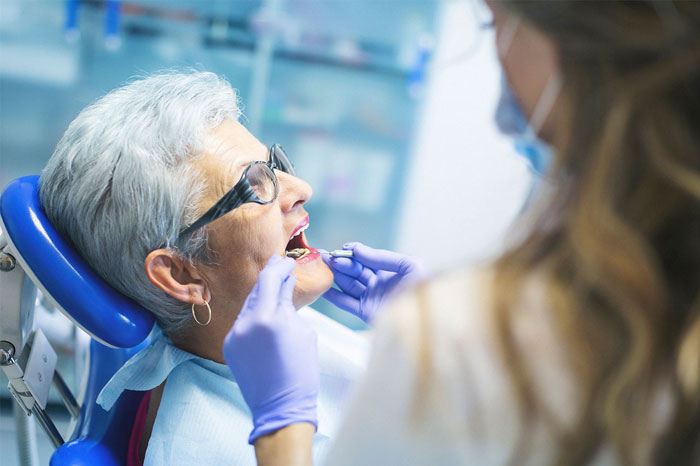Benefits of Dental Bone Grafts & Ridge augmentation

Having a procedure done to help correct your teeth and jaw can be extremely intensive and time-consuming. Depending on the type of surgery needed, you may be required to go through intensive care, both before and after the surgery, just to ensure that the healing methods used have time to help your mouth recover.
One such set of procedures is dental bone grafts and ridge augmentations. Although not mentioned as often, dental bone grafts and ridge augmentations are both procedures that are useful to those who are in need of dental reparations from bone loss and disease progression.
So, what are dental bone grafts and ridge augmentations? Let’s go over some of the benefits you can receive both short-term and long-term with these procedures.
What is a Dental Bone Graft?
A dental bone graft refers to the process of applying a graft of bone onto the jawline or bone of the jaw. Specifically, it applies to the area of the jaw known as the alveolar ridge. This ridge is what surrounds the tooth roots and helps to keep the teeth secure.
Dental bone grafts are used when it has been determined that the jaw is too weak to be able to hold and maintain any other procedures. If it is determined that your jaw needs some reinforcement, a dental bone graft will be implemented to help reinforce the jaw through a few different types of material. There are four primary types of bone grafts:
- Autograft: sourced bone from yourself, usually from the hip bone or back of the jaw.
- Allograft: a human donor bone graft.
- Xenograft: Bone from an animal.
- Alloplast: synthetically created material generally containing calcium, hydroxylapatite, and phosphorous.
Of these options, the most optimal option would be an autograft, as it has the greatest synergy chance to heal and grow at a faster rate within your jaw. However, it is always important to talk with Boise Dentist about the options available for your dental bone graft.
Why Consider Dental Bone Grafts?
Although it may be a bit intimidating at first, getting a dental bone graft can be both an advantage and essential. If caught early enough, a dental bone graft can allow you to have a stronger, healthier jaw to help support the skin and muscles that are responsible for outward aesthetics.
It may be essential when talking about dental implants. Dental implants require that the bone where the implant will be placed is as close to the original dimensions and positions as possible for the most optimal results. As such, the sooner the dental bone graft takes hold and starts to heal, the faster you will be able to get the dental implants set up.
What is a ridge bone augmentation?
Although a dental bone graft may be used to help redefine and reinforce the jawbone, it may not be exactly detailed for the specific dental implant that you need. In these instances, ridge augmentation may be used to help smooth and mold the newly formed bone to its original form. This is usually done directly after a tooth has been extracted, as that is the best time to start forming and filling the hole left by the tooth that had been pulled.
The main difference between a bone graft and a ridge augmentation is the entirety of the process. A dental bone graft is used to help stimulate and encourage bone healing after a tooth has been pulled. A ridge augmentation is to fully form and shape the newly grown bone after the graft has been completed.
Why get a Ridge Augmentation?
The main reason a ridge bone augmentation is seen as a necessary step is due to the irregularities that can come about from letting the bone haphazardly heal. Although that is a part of the healing process, once there is enough bone grown, whittling down and shaping the bone will help to promote a healthy and safe jaw alignment.
Not only will it help shape the jaw to its original shape, it will help to reduce the chance of the jawbone becoming indented. Indentation of the jawbone comes when the jawbone is not holding a tooth anymore. These indentations can cause a malformed look in an otherwise healthy-looking mouth. With the ridge augmentation completed, the jawbone will take hold of the bone graft and continue to hold its original shape, giving you a nice, clean look.
You may come across these types of procedures and hear about them from different sources. No matter what, however, it is important that you talk to your dentist about the extent of the treatment, as well as the healing process after the bone graft and ridge augmentation are completed. These procedures are not for everyone, so take the proper steps to ensure your safety and well-being in the future as you move along your path of creating and maintaining your healthy and happy smile.

